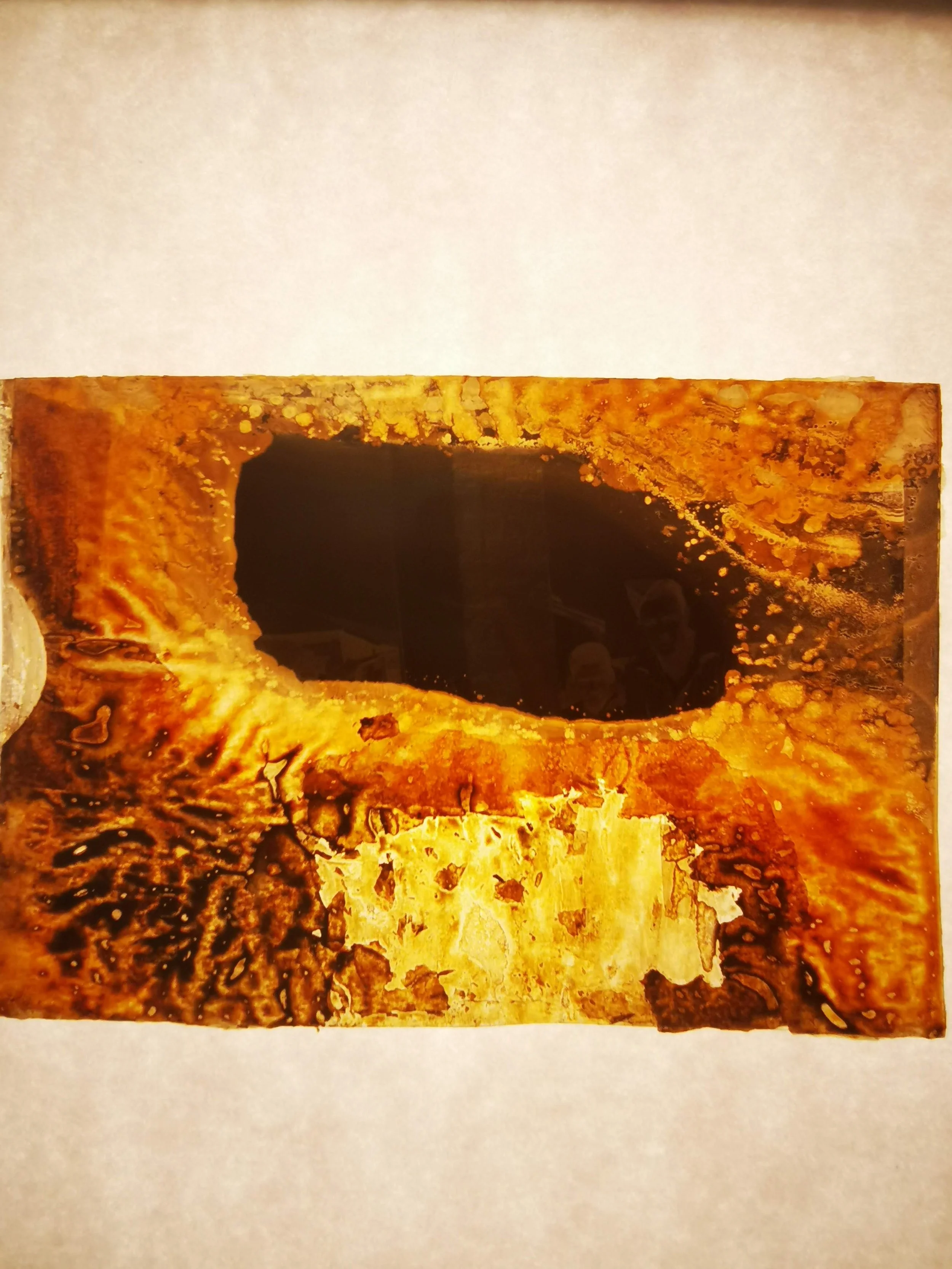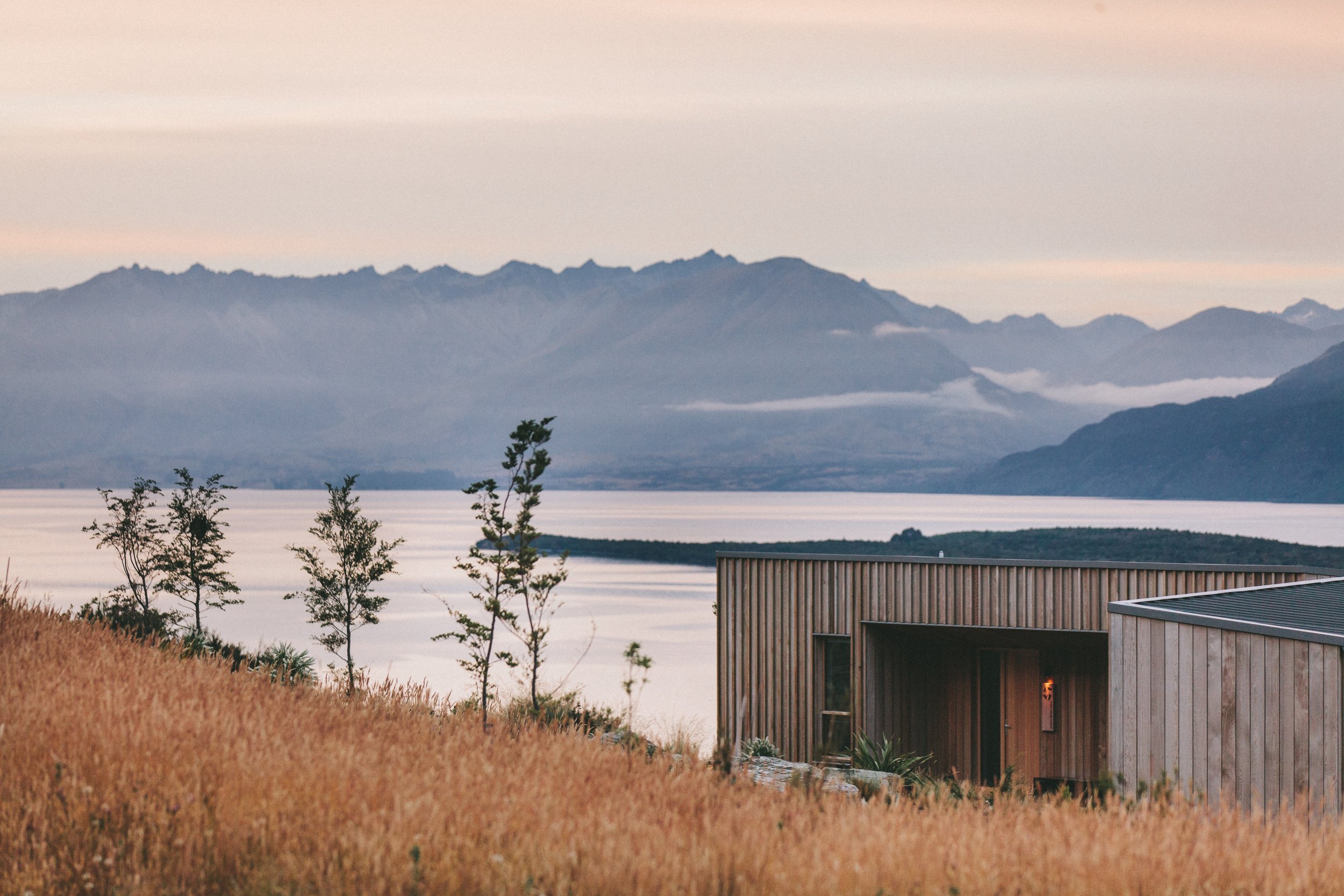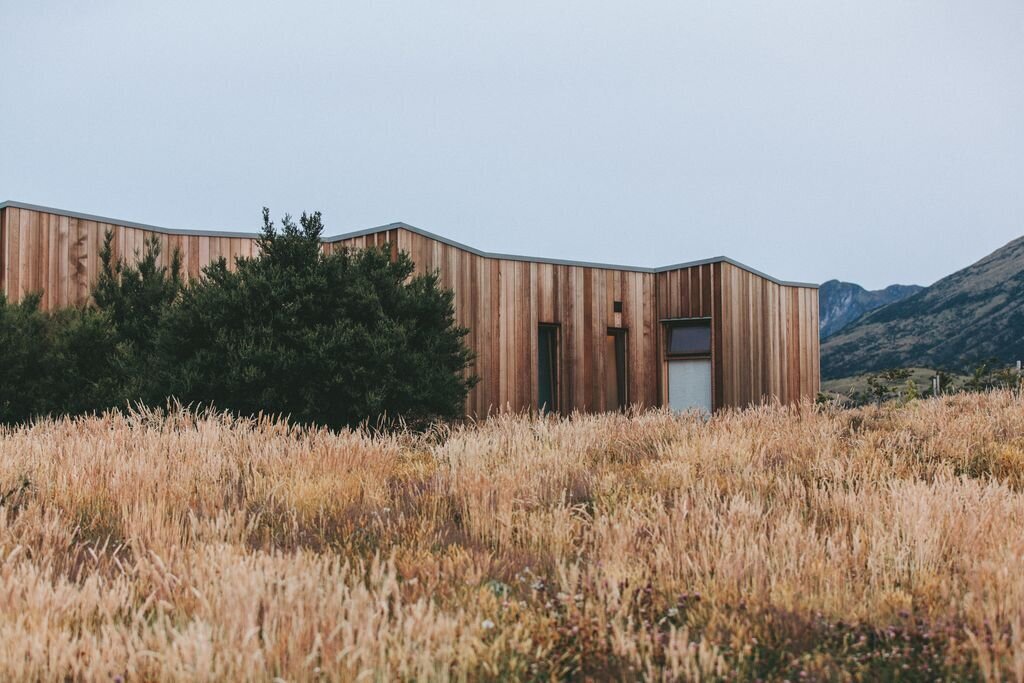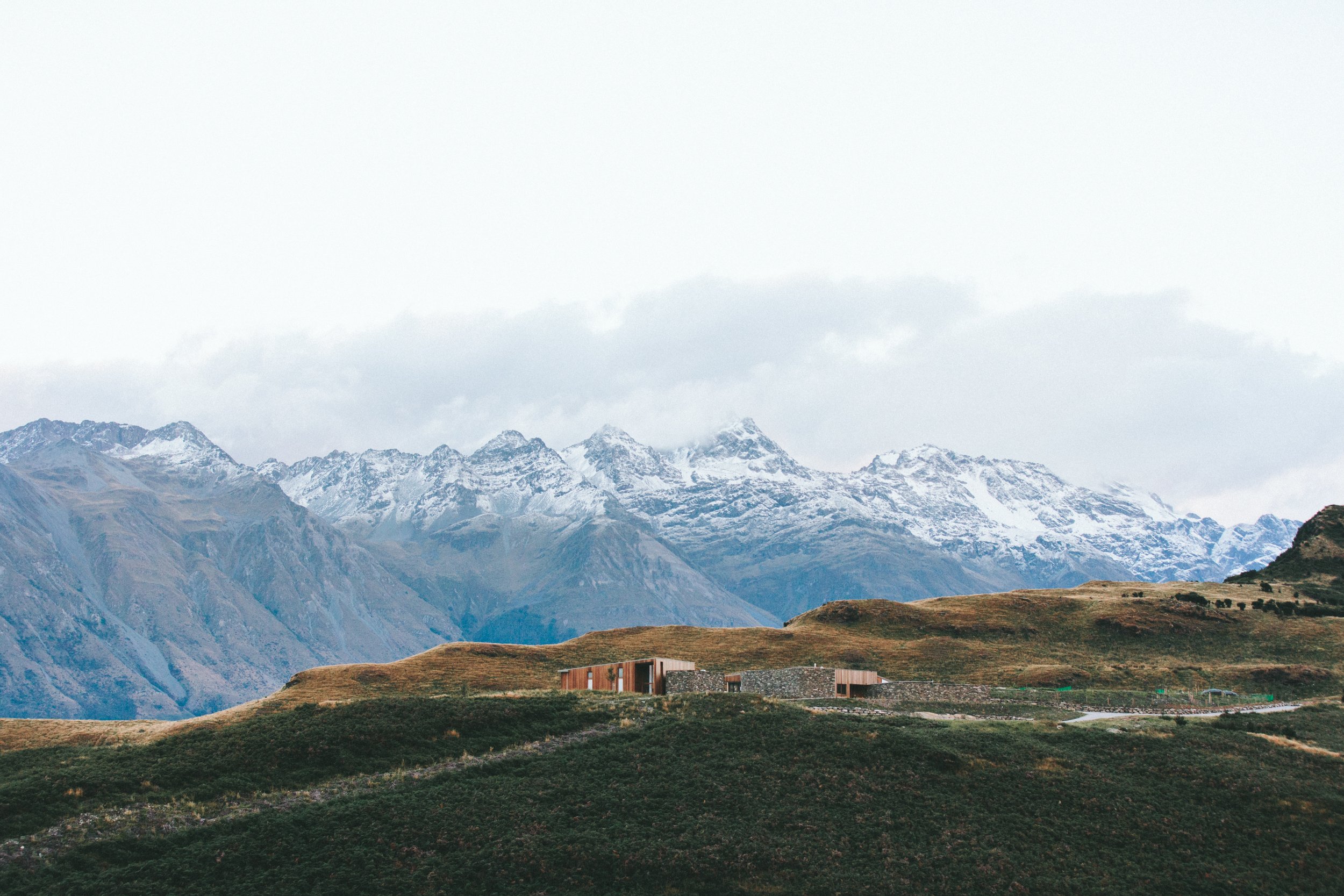
RESTORATION
In The Archives
processes of scanning negatives
Cleaning
Assessing if any damage
Scanning
Inverting
Processing via photoshop and Lightroom
Condition of negatives -
In this case a large proportion of the negatives had severe damage and deterioration , due to damp conditions.
It was essential in this instance that I processed and separated each individual that had severely depleted quickly.
As they release nitrates and this can also cause the damage to spread to other negatives and images .
This film had been stored in a negative album, pocket sized that fit in uniform,
And was taken around the world on deployment, largely depicting bases in India .
Each individual image had been processed and was labelled on a numbered grease proof sort of paper.
As they’d got damp and began to deteriorate this paper had become joined to the negatives as well as being brittle as shown in the image on the right.
Cleaning-
Firstly, wearing cotton gloves while handling negatives is important as fingerprints can transfer when scanned but also the grease our skin produces can lead to damage.
Removing debris, is the first step such as the paper that was in twined , also dust.
This can be done with compressed air , or simply blowing the surface.
It’s important to be gentle with this as if too much pressure or force is used it can remove the fragile surface or distort the image if damage is severe.
scanning-
Firstly, wearing cotton gloves while handling negatives is important as fingerprints can transfer when scanned but also the grease our skin produces can lead to damage.
Removing debris, is the first step such as the paper that was in twined , also dust.
This can be done with compressed air , or simply blowing the surface.
It’s important to be gentle with this as if too much pressure or force is used it can remove the fragile surface or distort the image if damage is severe.








